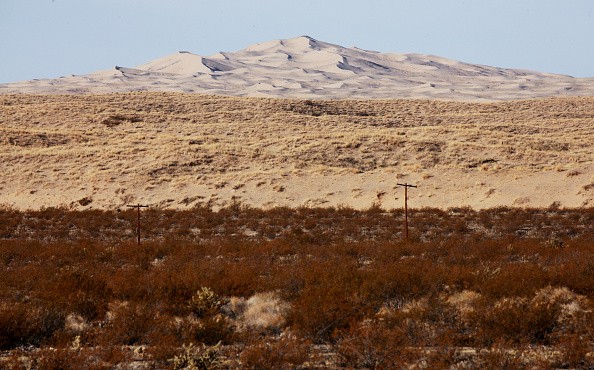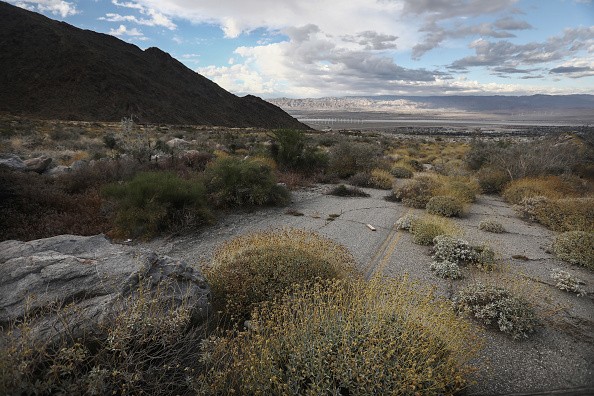In normal times, it's easy to make assumptions that desert plants will weather tough times. These tough organisms evolved to survive periods of prolonged heat and dryness, after all. They can withstand it. Though these are not normal times.

Sonoran Desert
A new study making analysis of more than 30 years' worth of satellite imagery captured over southern California discloses that plant life in portions of the giant Sonoran Desert has reduced by over one-third in recent decades.
In the period of 1984 to 2017, vegetation cover in California's largest state park - Anza-Borrego State Park - declined by 35 percent, the measurements suggest. Stijn Hantson, a project scientist from the University of California, Irvine said: "Plants are dying, and nothing's replacing them, it appears to be an obvious loss for shrubs." While the discoveries are concerning, they are not altogether unforeseen.
A number of studies have charted vegetation loss that is drought-related in arid regions of the Southwestern US in recent years - including in the Sonoran Desert particularly, which straddles California, Arizona, and portions of Mexico.
Dryland Ecosystem
Hantson and his co-authors explain in their new paper saying, the mortality events of these vegetations seem to surpass natural variability in background death rates, as some [arid land plant] species have experienced up to 100 percent mortality, possibly bringing about local extinction.
In spite of these grim signals, it's still not yet completely understood how climate change might be making plants to die off in dryland ecosystems, which cover more than 40 percent of Earth's terrestrial surface.
To carry out an investigation within the Sonoran Desert context, the researchers examined Landsat satellite imagery, in search of spectral patterns in the Anza-Borrego State Park landscape, where sunlight reflected by leaves of plant indicates how green an area is.
The outcomes revealed a particularly widespread decrease over the past four decades in perennial vegetation cover in lowland deserts - occupied by creosote bush (Larrea tridentata), various species of cactus, and mesquite (Prosopis sp.) in some regions.

Early Plant Casualties
Comparably lower losses were noticed in higher elevation regions, which are blanketed by pinyon woodlands, chaparral, and montane woodlands, juniper and high desert vegetation, the researchers disclose.
In general, 87.1 percent of the study area revealed a downward trend, the researchers say, with the die-offs ascribed to a joining of warmer temperatures and lower rainfall in extended drought conditions - both associated with human-caused global warming. The researchers wrote that the noticed trends are consistent with the hypothesis that warming temperatures have led to a long-term boost in water limitation.
The discoveries suggest that plants normally growing in hot, dry places - known for their ability to survive extreme environmental conditions - are now being forced beyond their tolerable limits, with their harsh abode making them early plant casualties on the frontlines of climate change.
Related Article : Learning Plants' Feelings Helps Scientists Improve Crop Production
For more news, updates about plant in deserts and similar topics don't forget to follow Nature World News!
© 2025 NatureWorldNews.com All rights reserved. Do not reproduce without permission.





